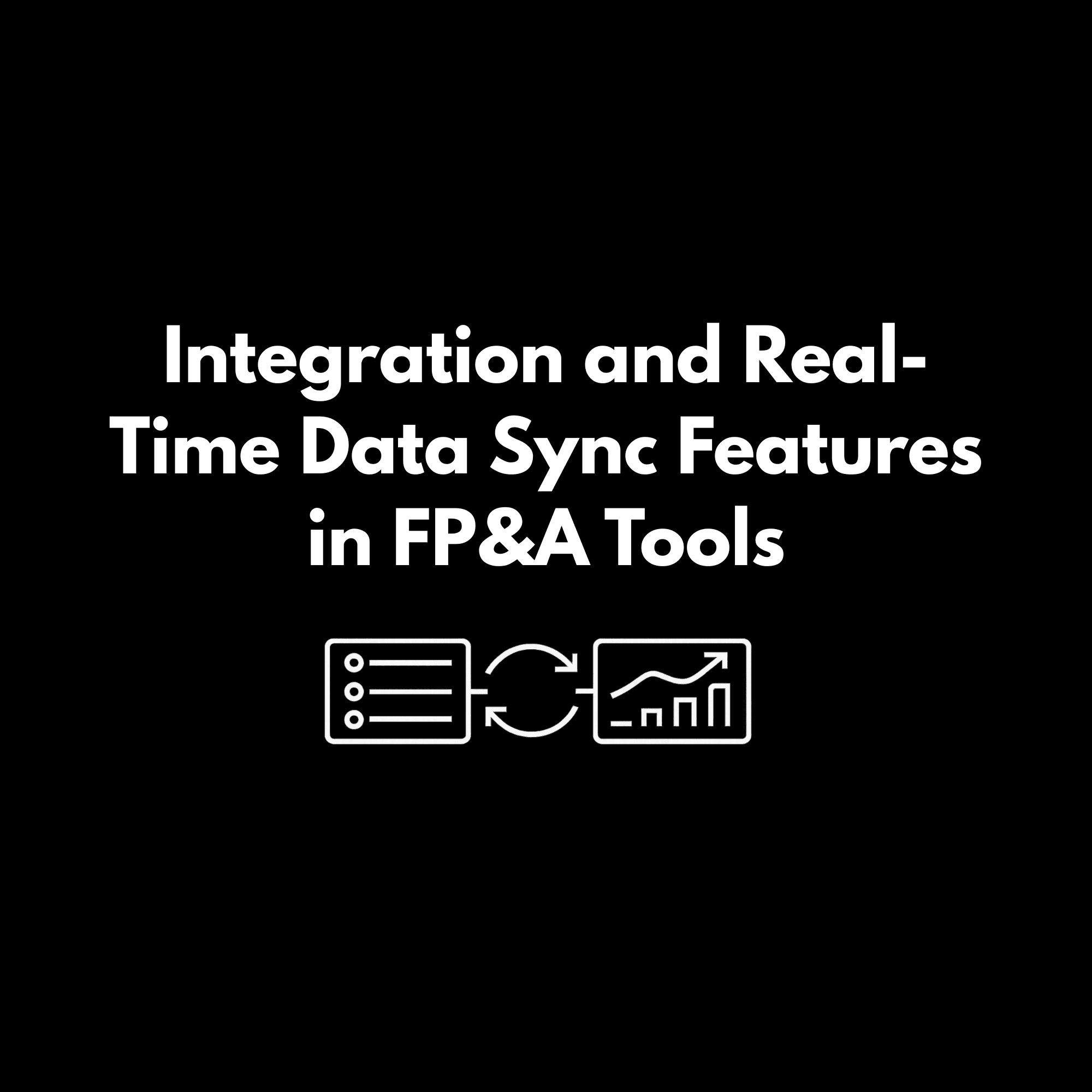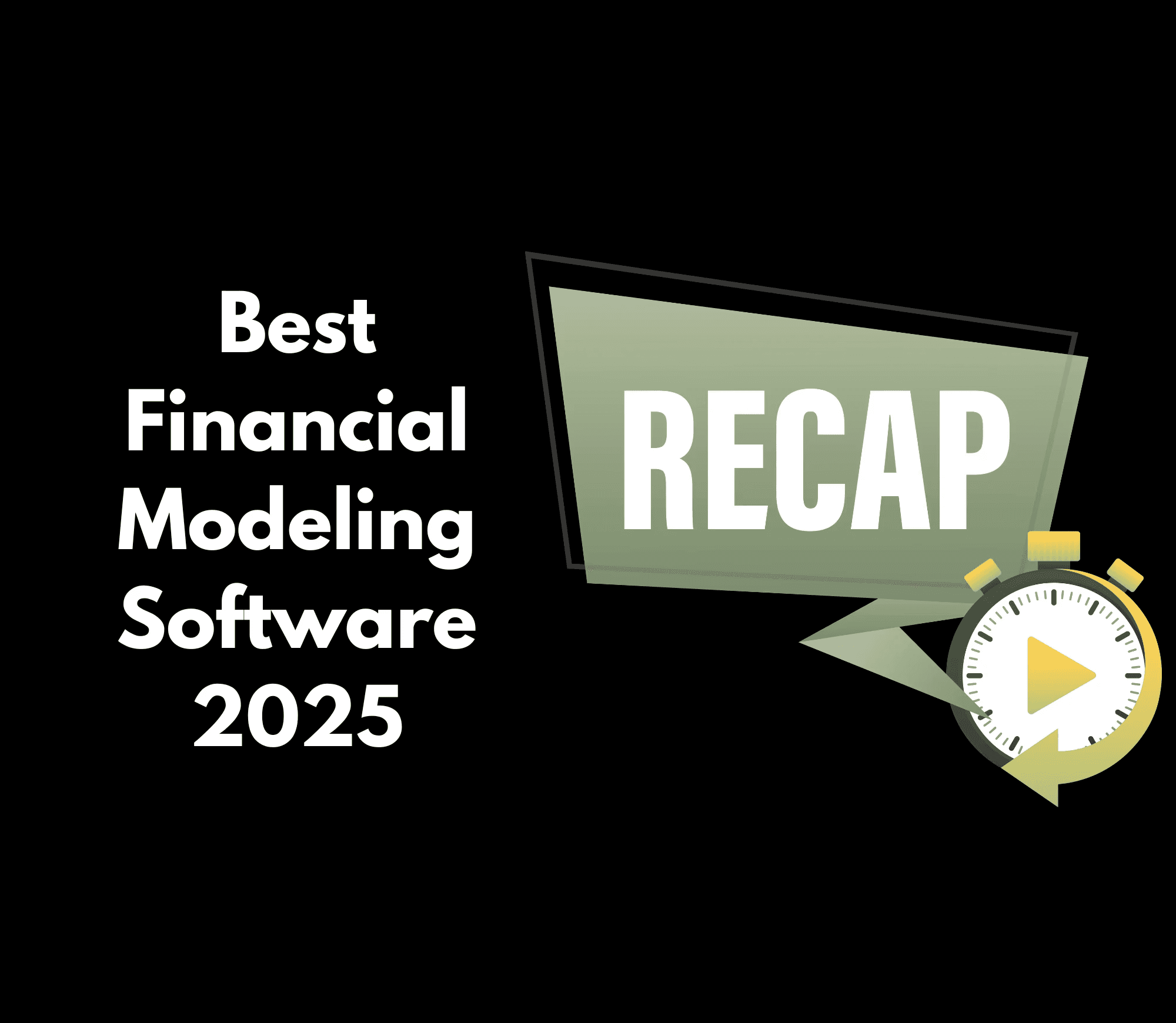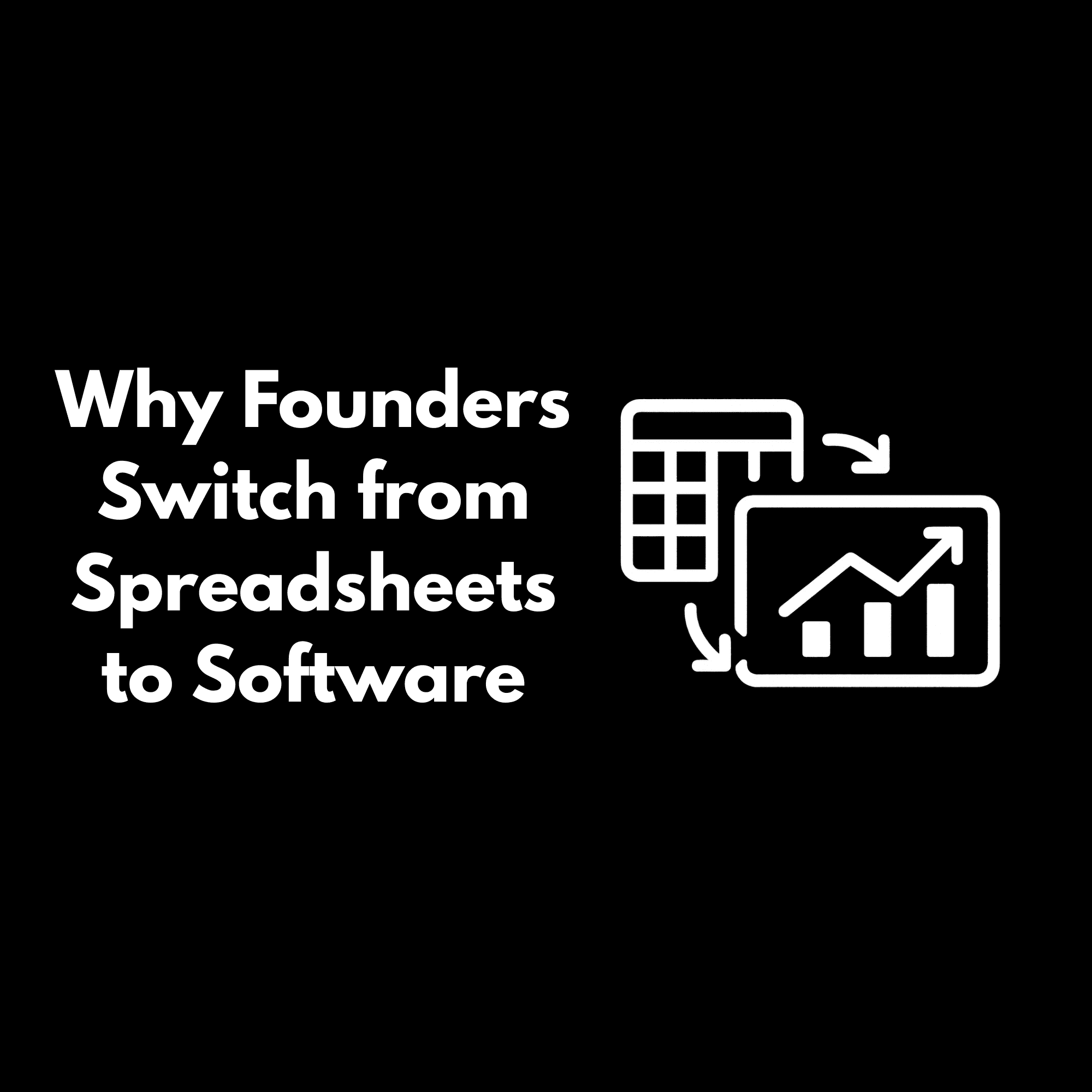Blog
Finance Advice
The Difference Between Budgeting, Forecasting, and Scenario Modeling for Startups
Learn the difference between budgeting, forecasting, and scenario modeling. Find out how combining all three helps founders make faster, smarter financial decisions.

Renato Villanueva
CEO & Cofounder
Oct 17, 2025
If you’ve ever felt like financial planning is a guessing game, you’re not alone. Founders often juggle spreadsheets, investor updates, and hiring plans–all while trying to make sure there’s still money in the bank six months from now.
Three tools help you make sense of it all: budgeting, forecasting, and scenario modeling. They sound similar but serve very different purposes. Understanding how each one fits into your financial planning process can help you make smarter, faster decisions to stay ahead of surprises.
Let’s break them down.
1. Budgeting: Setting the Plan
A budget is your financial roadmap. It’s where you decide how you’ll allocate resources over a set period, usually a year.
Think of it as your plan for discipline. Your budget outlines what you intend to spend and earn, helping you manage cash responsibly and align your team around specific goals.
What’s Included in a Budget
Expected revenue (based on prior performance or targets)
Planned expenses (payroll, marketing, tools, operations)
Key performance goals (like ARR or gross margin)
The budget doesn’t change frequently. It’s the foundation for accountability.
2. Forecasting: Predicting What’s Actually Going to Happen
If budgeting is the plan, forecasting is the reality check.
Forecasting projects your financial future based on current data. Actual sales, expenses, and market conditions all go into your forecast. Unlike a budget, a forecast is dynamic. It changes as your business changes.
Why Forecasting Matters
It helps you track performance against your budget.
It highlights trends (like rising costs or slowing revenue) early.
It gives investors confidence that you understand your numbers.
Most founders update forecasts monthly or quarterly. But traditional tools make this painful. By the time you’ve updated your spreadsheet, your data is already outdated. That’s why founders use Parallel. With Parallel, your forecast updates in real time. Every payroll run, invoice, or spend automatically syncs so you always know where you stand.
3. Scenario Modeling: Planning for “What Ifs”
Here’s where things get strategic. Scenario modeling helps you test what could happen before it happens.
Want to see what your runway looks like if you hire two engineers next month? Or how a fundraising delay impacts cash flow? Scenario modeling lets you simulate those moves instantly.
Why Founders Love It
Plan best-case, base-case, and worst-case outcomes.
Make decisions with confidence (not gut feel).
Anticipate funding needs months in advance.
Scenario modeling gives you flexibility. It turns your financial plan into a living system that adapts as your business evolves.
How They Work Together
Here’s a simple way to think about it:

Together, they create a complete financial toolkit:
Your budget gives structure.
Your forecast shows progress.
Your scenarios let you prepare for change.
Why This Matters for Founders
Early-stage founders can’t afford to make slow or reactive decisions. A static spreadsheet might work for a month, but growth demands agility.
That’s why modern startups use tools like Parallel: to unify budgeting, forecasting, and scenario modeling in a live, AI-powered system that updates the moment your business does.
Instead of reacting to your numbers, you can finally drive them.
Plan Smarter with Parallel
Budgeting sets your direction. Forecasting keeps you on course. Scenario modeling helps you navigate change.
With Parallel, you don’t have to choose. You get all three, built for founders who want clarity and control over their financial future.
Start planning smarter with Parallel.
FAQs
What’s the difference between budgeting and forecasting?
Budgeting sets your financial plan of what you intend to spend and earn. Forecasting predicts what’s actually likely to happen based on real data and changing conditions.What is scenario modeling in financial planning?
Scenario modeling helps you test “what-if” situations (like hiring changes, fundraising delays, or revenue shifts) so you can see their impact on cash and runway before making decisions.How often should startups update their budget and forecast?
Budgets are usually set once or twice a year, while forecasts should be updated monthly or quarterly as new data comes in. Tools like Parallel update forecasts automatically in real time.Why do founders need all three: budgeting, forecasting, and scenario modeling?
Together, they give you a complete financial view: budgeting sets the plan, forecasting tracks performance, and scenario modeling prepares you for change.How does Parallel simplify budgeting and forecasting for startups?
Parallel connects live financial data, automates forecasts, and lets founders model different scenarios instantly. It replaces static spreadsheets with real-time clarity and control.

Renato Villanueva
CEO & Cofounder
From hiring to fundraising, Parallel helps startups make faster, more confident decisions with a financial forecast they trust.



